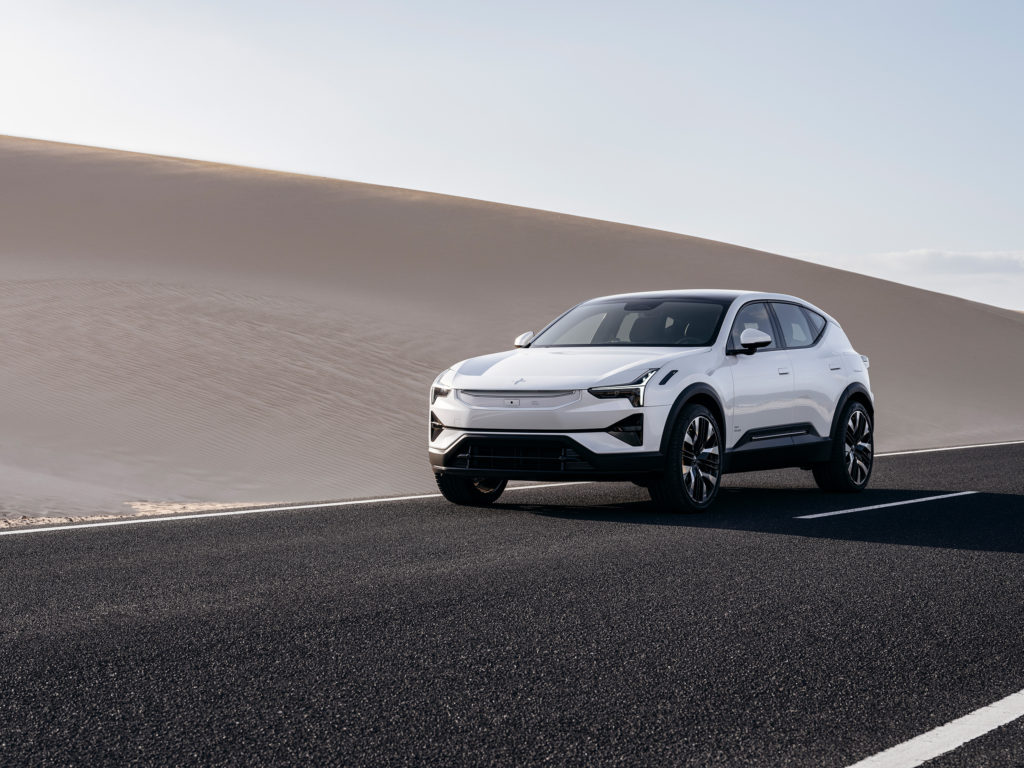On Friday, the US Department of the Treasury announced an important update to the vehicle classification standard that determines which eco-friendly cars and trucks are eligible for tax credits as part of the Inflation Reduction Act.
According to a release published by the government department, “To make it easier for consumers to know which vehicles qualify under the applicable MSRP cap, (the US Department of the) Treasury is updating the vehicle classification standard to use the consumer-facing EPA fuel economy labeling standard, rather than the EPA CAFE standard.” Aside from keeping things consistent by allowing “crossover vehicles that share similar features to be treated consistently,” this change also aligns vehicle classification for the tax credit with those used on the FuelEconomy.gov website.
SEE ALSO: GM secures domestic lithium for 1 million EVs per year
This change should make it easier to figure out of the new plug-in hybrid or EV you’ve got your eye on is eligible for some financial assistance from Uncle Sam. Additional guidance about batteries and associated critical materials will be release next month, as indicated in December.
When purchasing a qualifying new plug-in electric or fuel cell electric vehicle, you can earn for a tax credit of up to $7,500. For additional details, (no, we ain’t covering it here!) this is outlined in Internal Revenue Code Section 30D. This plan applies to vehicles purchased from 2023 to 2032, though models purchased in 2022 or before may be eligible for similar credits.

Going forward, qualifying cars, trucks and utility vehicles must be for personal use, not merely purchased to resell. These vehicles must also be operated primarily in the US. The electric vehicle tax credit also has certain income requirements. Modified adjusted gross income may not exceed $300,000 for married couples filing jointly, $225,000 for heads of households or $150,000 for other filers. You are allowed to use your modified adjusted gross income from either the year you take delivery of the vehicle or the year prior, depending on which one is less.
WATCH THIS NEXT: 2022 BMW iX xDrive50 review: The future is now
The actual vehicle requirements are a little more transparent than all that income tax gobbledygook. To qualify, they must have a gross vehicle weight rating of less than 14,000 pounds and a minimum battery capacity of 7 kilowatt-hours. Aside from fuel cell-powered vehicles, final assembly must be completed in North America by a qualified manufacturer. And finally, vans, SUVs and pickup trucks must have a manufacturer suggested retail price that does not exceed $80,000; other vehicles are capped at $55,000. It’s important to note this applies to the MSRP “including options, accessories and trim but excluding destination fees,” not the price you ultimately end up paying for a particular vehicle.

As for specific vehicles that meet these requirements, Ford appears to offer the most with its Escape plug-in hybrid, E-Transit commercial van, F-150 Lightning electric pickup truck, Mustang Mach-E SUV and the Grand Touring plug-in hybrid versions of both the Lincoln Aviator and Corsair, but here’s a complete list of eligible model lines, though check with the manufacturer or dealership for specifics:
Audi
2023 Audi Q5 TFSI e Quattro plug-in hybrid ($80,000)
BMW
2021, 2022, 2023 BMW 330e ($55,000)
2021, 2022, 2023 BMW X5 xDrive45e ($80,000)
Ford
2022, 2023 Ford Escape plug-in hybrid ($80,000)
2022, 2023 Ford E-Transit ($80,000)
2022, 2023 Ford F-150 Lightning ($80,000)
2022, 2023 Ford Mustang Mach-E ($80,000)
2022, 2023 Lincoln Aviator Grand Touring ($80,000)
2022, 2023 Lincoln Corsair Grand Touring ($80,000)
General Motors
2022, 2023 Chevrolet Bolt ($55,00)0
2022, 2023 Chevrolet Bolt EUV ($55,000)
2022, 2023 Cadillac Lyriq ($80,000)
Nissan
2021, 2022, 2023 Nissan Leaf ($55,000)
Rivian
2022, 2023 Rivian R1T ($80,000)
2022, 2023 Rivian R1S ($80,000)
Stellantis
2022, 2023 Chrysler Pacifica plug-in hybrid ($80,000)
2022, 2023 Jeep Wrangler 4xe ($80,000)
2022, 2023 Jeep Grand Cherokee ($80,000)
Tesla
2022, 2023 Tesla Model 3 ($55,000)
2022, 2023 Tesla Model Y ($80,000)
Volkswagen
2023 Volkswagen ID.4 ($80,000)
Volvo
2022 Volvo S60 ($55,000)

